Unveiling Lunar Mysteries: 10 Interesting Facts About the Moon

The moon, our celestial companion, has captivated humanity for centuries with its enigmatic presence and shimmering glow. As the brightest object in our night sky, it has played a central role in mythology, science, and exploration. In this blog post, we delve into the fascinating world of lunar curiosities and unveil 10 Interesting Facts About the Moon that will deepen your appreciation for Earth’s nearest neighbor.
Mysterious Moonquakes:
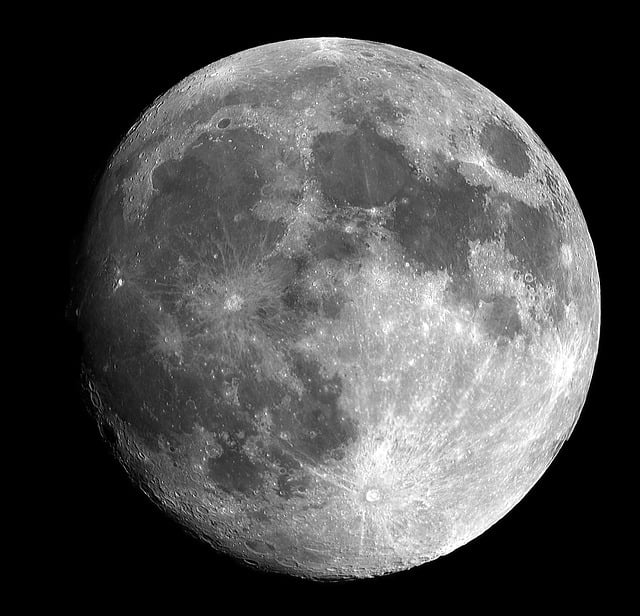
While the moon may seem tranquil, it experiences moonquakes – seismic activities caused by the gravitational pull of Earth. These quakes are much less frequent and intense than those on Earth but have offered valuable insights into the moon’s internal structure.
Read More: Types Of Forests In The World
The Dark Side of the Moon:
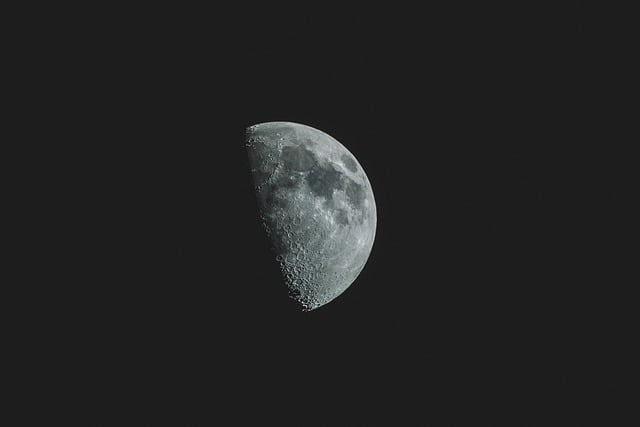
Contrary to popular belief, the moon’s far side isn’t always dark; it simply faces away from Earth. The term “dark side” refers to the side we can’t see from our vantage point. The moon goes through phases, just like the illuminated side that we observe.
Moon’s Eccentric Orbit:
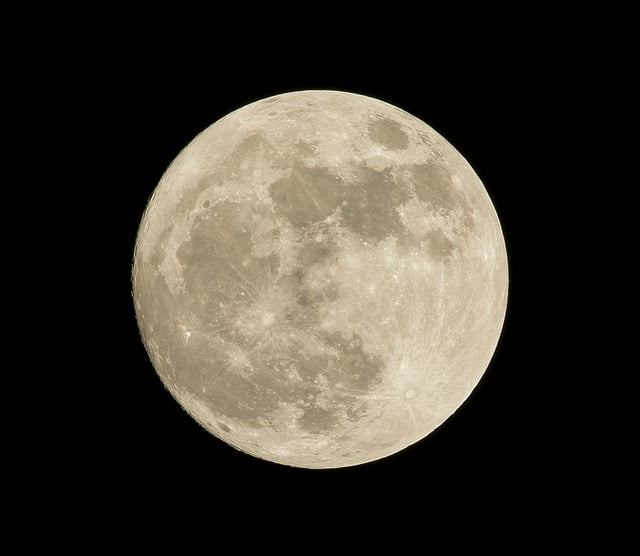
The moon follows an elliptical orbit around Earth, causing variations in its distance from us. This results in the phenomenon known as a supermoon when the moon appears larger and brighter due to its closer proximity.
Read More: 10 Natural Wonders Of The World
Lunar Maria and Highlands:
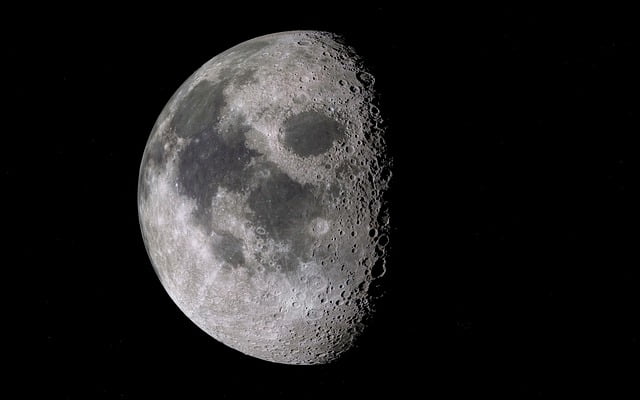
The moon’s surface is marked by dark, flat plains called lunar maria and lighter, heavily cratered highlands. These maria are the result of ancient volcanic activity, while the highlands are remnants of early impacts and intense geological activity.
Lunar Volcanoes:
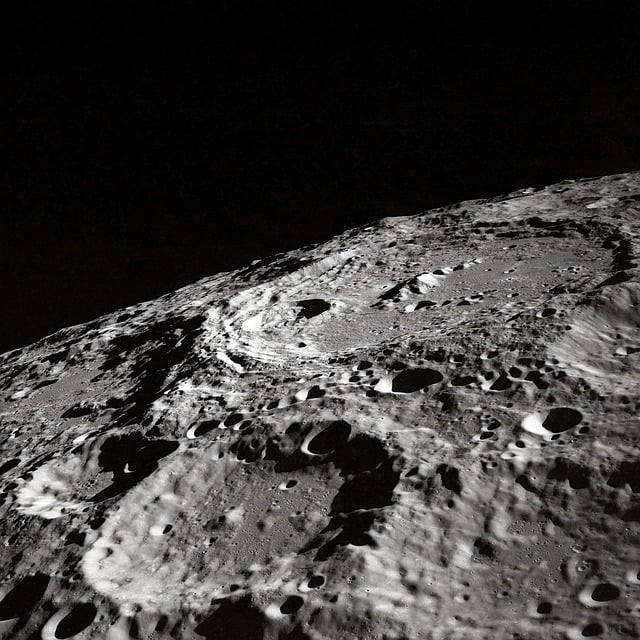
Moon’s volcanic history is evident in its volcanic formations, such as lava plains, domes, and volcanic vents. The lack of atmosphere means these volcanoes aren’t obscured by erosion, providing valuable clues about the moon’s geological past.
Read More: Best Places for Tracking In Uttrakhand
Thin Atmosphere:
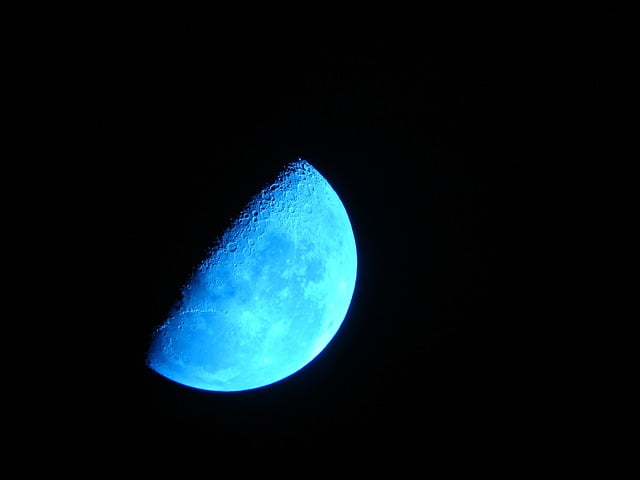
The moon’s atmosphere, known as an exosphere, is incredibly thin – so thin that molecules are widely dispersed rather than forming a conventional atmosphere. This is why there is no sound on the moon, as sound requires a medium to travel through.
Moon’s Impact Protection:
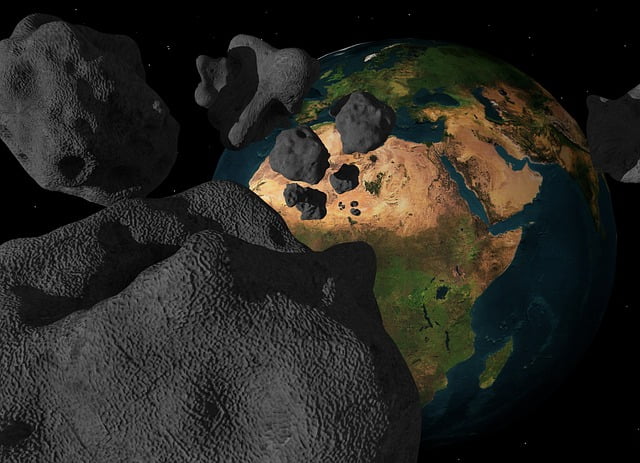
The moon’s battered surface acts as a shield, protecting Earth from some space debris. Objects that would have impacted Earth often collide with the moon instead, leaving behind craters that tell the story of cosmic collisions.
Tidally Locked Rotation:

The moon rotates on its axis at the same rate it orbits Earth, a phenomenon called tidal locking. This is why we always see the same face of the moon. The far side remained hidden from view until the advent of space exploration.
Read More: Top Religious Places Situated On the Hill in Uttarakhand
Regolith and Footprints:
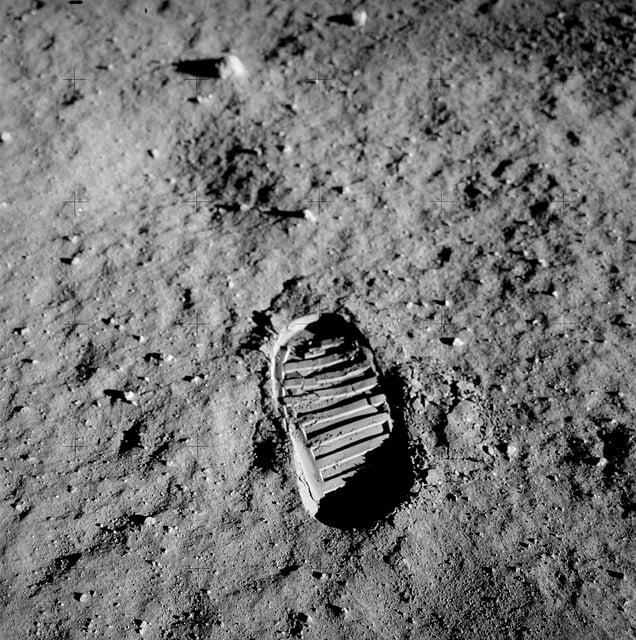
The moon’s surface is covered in a layer of fine dust and debris called regolith. Astronaut footprints and rover tracks from past missions remain virtually unchanged due to the absence of weathering processes.
Water Ice on the Moon:
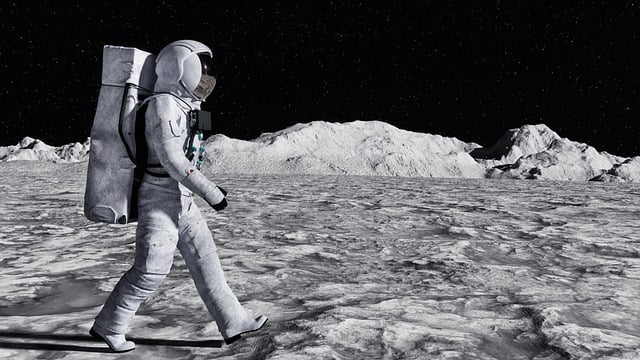
In recent years, evidence of water ice has been found on the moon, particularly in permanently shadowed regions near the poles. This discovery has exciting implications for future lunar exploration and potential human habitation.




